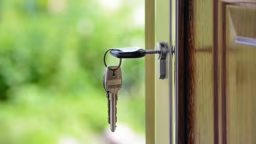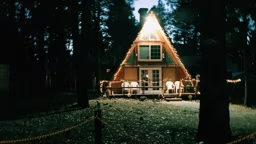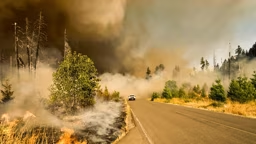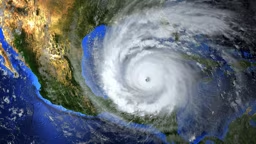? Do not attach a wooden fence to your cabin.
? Enclose open eaves and screen soffits to deflect embers.
? Clear roof and gutters of debris – especially pine needles, a highly flammable landscape material.
? Maintain a defensible space around your cabin by clearing away twigs, leaves, shrubs, dead grasses and excess brush from the perimeter of all structures. Ideally this annual task should be done by the middle of May.
? Remove dead and diseased trees, and prune larger trees so the lowest limbs are 8-10 feet above the ground. (This is important because branches between 18 inches and 6 feet are considered “ladder fuels,” meaning that they can move fire from the ground up into the trees.)
? Trim branches extending over roofs and remove branches within 15 feet of chimneys.
? Stack firewood and place/store propane tanks at least 40 feet from your cabin.
? Be sure your driveway can accommodate emergency vehicles.
? Install an outdoor wildfire sprinkler protection system and test it regularly.
Visit www.firewise.org to get more information.
 Michael Huff
Michael Huff 









